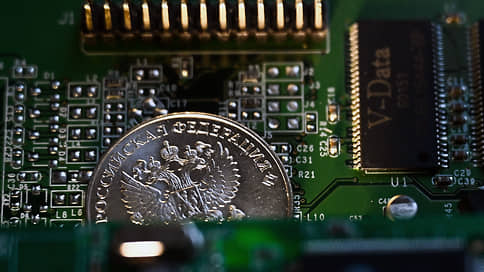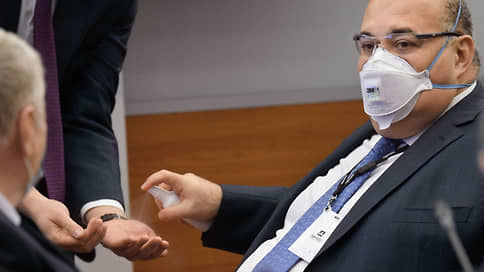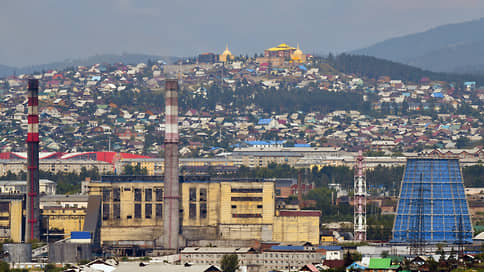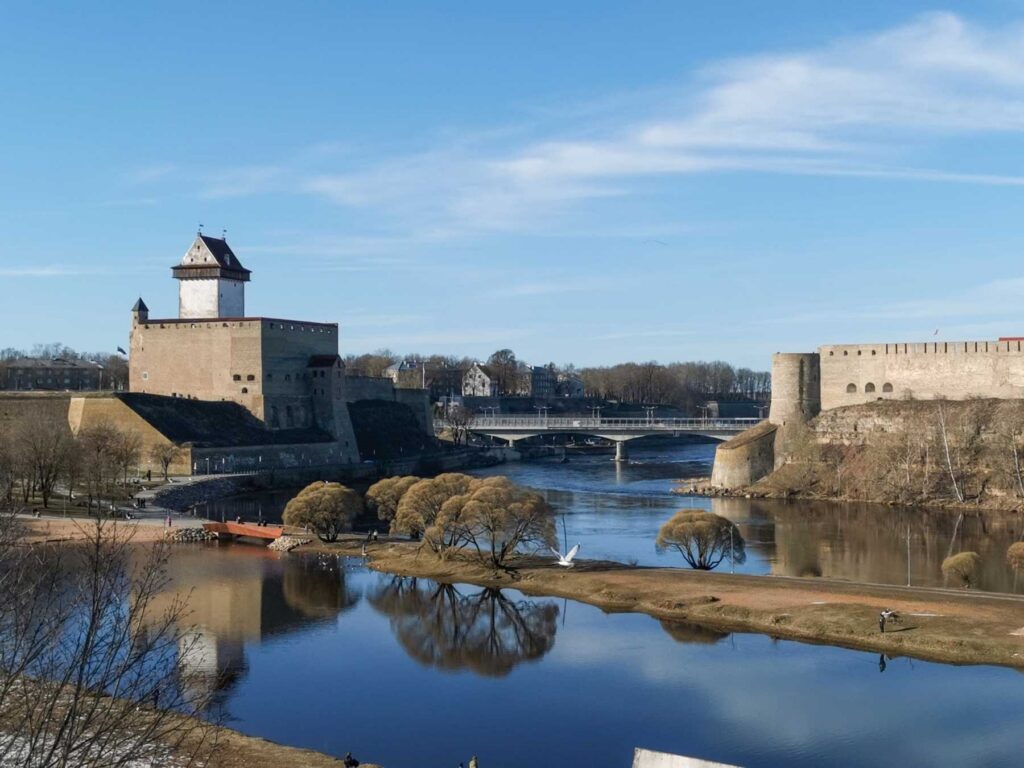Experts talked about the details of the EPR device for cryptocurrencies

In the experimental legal regime (EPR), when working with cryptocurrencies, three groups of subjects will be involved – banks, trading platforms (crypto -racing) and liquidity suppliers, say “Kommersant” sources. The regulator of this segment, the Bank of Russia, is already in the stage of coordination of its proposals with the government, including requirements regarding investors and profile participants. However, this regime carries rather high risks, primarily a sanction nature. In the meantime, the use of cryptocurrencies for foreign economic activity occurs in the gray zone through foreign intermediaries.
“Kommersant” learned the details of the device of the experimental legal regime (EPR) for working with cryptocurrencies. According to two Kommersant sources, in the framework of EPR it is supposed to use three types of subjects – authorized banks, authorized organizations and liquidity suppliers. Authorized organizations are the platforms on which crypto actuas trading will be held, Maria Agravskaya, managing partner of Agravskaya and Partners, explains. The subjects of the EPR are all banks without fail, the EXVED SEO Sergey Mendeleev points out. Liquidity suppliers, according to him, will sell cryptocurrency through authorized organizations for banks for their customers, buying it on their own « according to some unknown schemes. »
The amendments to the laws “On the Central Bank”, “On the National Payment System”, “On Organized Trading”, “On EPR in the field of digital innovations …” adopted in early August 2024 … ”allowed the Central Bank to start a pilot project to create infrastructure for the use of cryptocurrencies. Including as a means of payment in foreign trade. The subjects of the EPR are only residents.
In early March 2025, the Central Bank sent a number of proposals for regulating operations with crypto actures to the government. In particular, it is assumed that transactions with the use of EPR will be able to make only “especially qualified” investors (See “Kommersant” from March 13). They may include citizens whose investments in securities and deposits exceed 100 million rubles. or their income per year exceeded 50 million rubles. In addition, the participants of the EPR can become organizations that are qualinatives by law – banks, brokers, management companies, insurance companies, NPFs.
Ivan Chebeskov, Deputy Minister of Finance, on the launch of EPR for the trade in cryptocurrencies on March 19, 2025:
I think that the coordination of all the nuances and details that are essential and conceptual … will take at least six months
At the same time, in mid -March, at the Crypto Summit forum, Deputy Minister of Finance Ivan Chebeskov said that it was originally planned to “consider the current exchange infrastructure”, however, the existing financial system “is not sharpened for this, therefore it must be done as part of the experiment” (quote for Interfax). According to him, the option of admitting new players, new trading platforms, but within certain licenses, is considered. “On the one hand, this is … competition and the opportunity to see how it will go in different participants. On the other hand, this is an erosion of liquidity, more administration, ”he notes. They did not respond to the “Kommersant” in the Central Bank and the Ministry of Finance.
At the same time, experts indicate many issues requiring operational solution.
In particular, at present, organizations in the framework of the statutory activity cannot buy a crypt and write this purchase in expenses, so it is difficult to use it as a means of payment abroad, Maria Agranovskaya notes.
However, foreign economic activity using cryptocurrencies exists outside the framework of EPR. Mrs. Agranovskaya notes that banks who advertise payments in the crypt to their customers through structures that are in no way connected with banks (see “Kommersant” from March 31). Such a calculation scheme now works exclusively through foreign jurisdictions – mainly through licensed exchanges in Belarus and Kyrgyzstan, explained Mikhail Smirnov, director of communications of the cryptocurrency exchange EXMO.ME. “The main tool used is USDT, as other cryptocurrencies have high volatility. The Russian inspection company first goes through the KYB procedure on such an exchange, then transfers rubles from the corporate account, converts them to the USDT and sends them to the exporter, ”the expert said.
However, for EPR, a number of significant risks remain during operations with crypto actures, experts say. And the main among them are sanctions.
“If the West decides that through the EPR Russia bypasses restrictions, they can“ fly ”for the sanctions both by participants and banks,” says Roman Nekrasov, co -founder of Encry Foundation. In addition, it is necessary to carefully work out the requirements and the implementation of cybersecurity in such calculations. Also, according to Mr. Nekrasov, “the regulator can go too far” – “will make too complex rules, and then the business simply will not go to the EPR, it will remain in the gray zone.”
However, if the EPR is successful, this will bring many advantages, and most importantly, it will make it possible not to be afraid of business. “Now it’s really scary: today you make a payment in USDT, and tomorrow you have riot police, removal of equipment and blocking accounts. Plus, this is a chance to develop your infrastructure-exchangers, wallets, blockchain services, ”said Roman Nekrasov. In addition, new professions will appear-someone will help business with legal support, technical support or compliance, the expert summarized.







